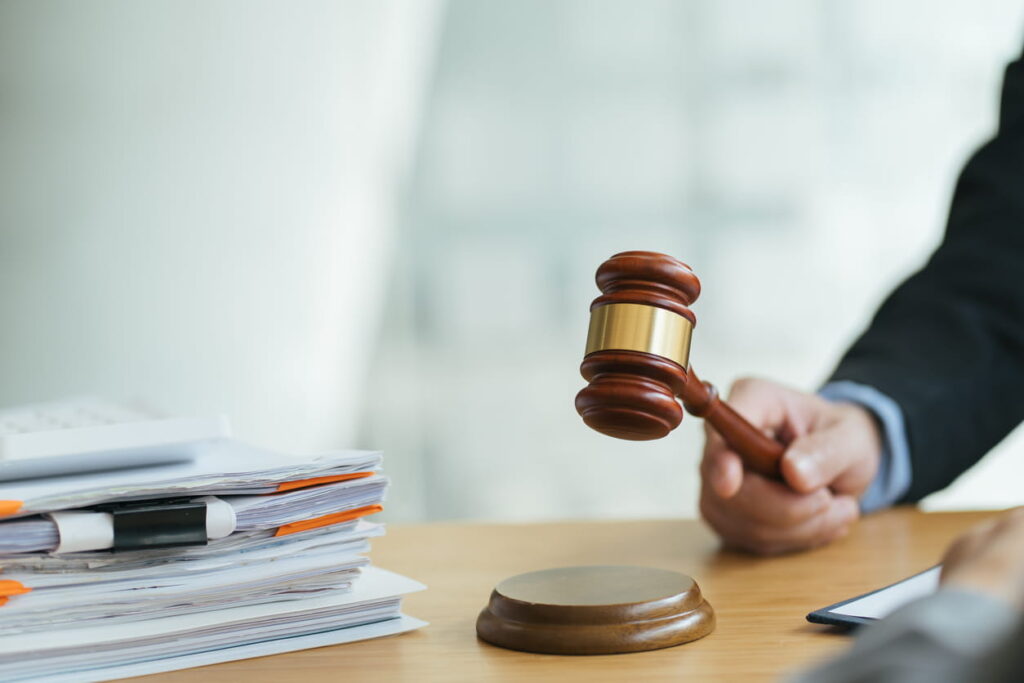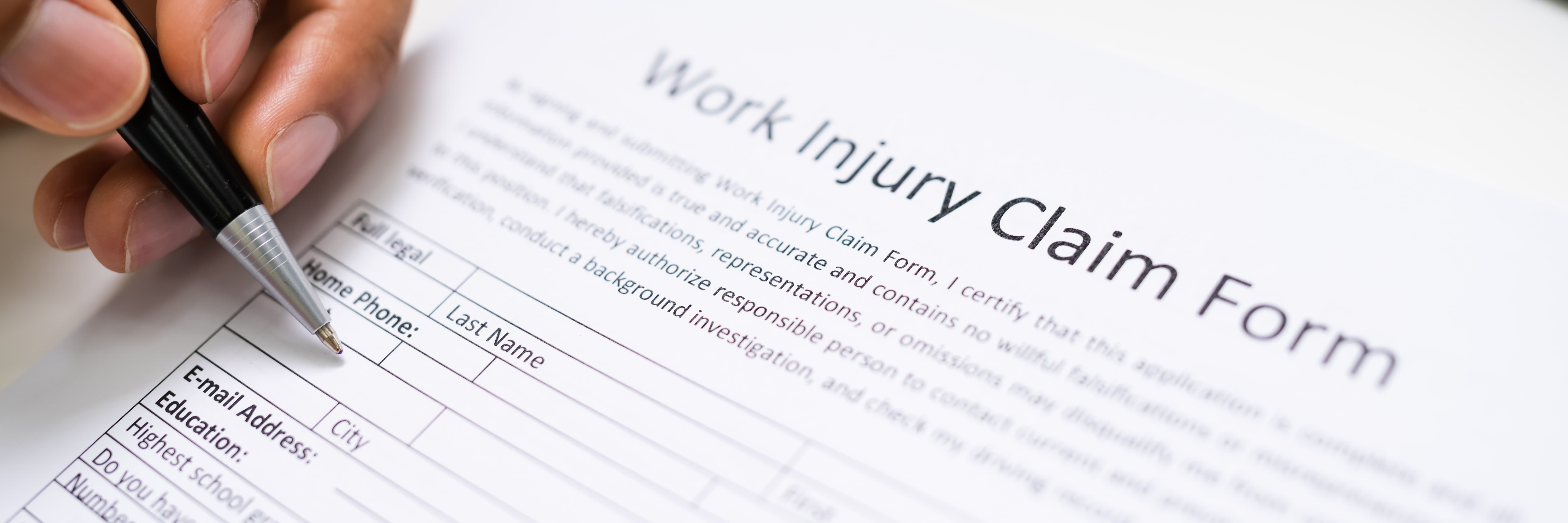Personal Injury Cases: Examples of Proximate Cause

When you bring a personal injury claim, there are several elements that you need to prove to win your case. One of the things that you must prove is proximate cause. What is proximate cause? What are some examples? Our Colorado personal injury lawyers explain here.
What is proximate cause?
Proximate cause is when one action leads to another and creates legal liability. It is the cause and effect between an action and a foreseeable result. However, it is more than just one thing leading to another. It is when a consequence is the reasonably expected result of an action.
What is the definition of proximate cause in law?
The definition of proximate cause in law is that someone’s actions led to foreseeable consequences. It is the concept of being legally responsible for the predictable results of your actions.
Other names for proximate cause
Other terms that you may hear for proximate cause include:
- Cause in fact
- Legal cause
- Responsible cause
- Causation in fact
- But-for test
How does Colorado law define proximate cause?
Colorado law defines proximate cause as when an act has a natural and occurred sequence, unbroken by any efficient, intervening cause. It produces a damaging result and, without the act, the result would not have occurred (Calkins v. Albi, 431 P.2d 17 (Colo. 1967)).
Foreseeability in proximate cause
In personal injury law, foreseeability is a commonly used concept within proximate cause issues. In order to satisfy the foreseeability test, you must determine whether the person causing the injury would have reasonably expected the harm that their conduct could cause. Typically, if a person is acting negligently, it is likely that the opposing party can satisfy the foreseeability test based on the negligent behavior.
The Colorado Supreme Court further clarified the meaning of proximate cause in Rocky Mountain Planned Parenthood Inc. v. Wagner, No. 19-SC-251 (2020). After a shooting at a Planned Parenthood clinic in Colorado Springs, victims sued Planned Parenthood for inadequate security. Without weighing in on the merits of the claim, the court allowed the question of causation to proceed to trial. They said that proximate cause depends on the foreseeability of the harm.
They applied common law tort principles to interpret the meaning of causation in premises liability claims, stating that physical harm may be a foreseeable result of inadequate security and poor property protection.
Examples of proximate cause
To help you understand the concept of proximate cause, here are some examples:
- A drunk driver weaves into oncoming traffic and strikes another vehicle. There is proximate cause between drunk driving and the accident.
- When employees neglect to clean up a spill on the floor, a customer slips. They break their wrist. The spill on the floor is the proximate cause of the fall.
- When a business fails to limit the number of individuals in their establishment, the floor becomes extremely crowded. Jostling causes one patron to negligently bump another, causing a fall. Even though the patron is the one that directly caused the fall, the failure on the part of the business to appropriately limit the number of guests in their establishment is still the proximate cause of the fall and the victim’s injuries.
- A store leaves a pallet of products in the aisle. A customer is walking and texting on their phone. They strike the pallet and fall. Although texting is a proximate cause of the fall, leaving the pallet in the aisle is also a proximate cause of the fall.
- When a speeding driver fails to stop at a stop sign, another driver must swerve to miss them. The second driver fails to notice a pedestrian in the crosswalk. The speeding driver is a proximate cause of the injury to the pedestrian because the secondary crash was a foreseeable consequence of the speeding driver.
What is an intervening cause?
An intervening cause is something that happens to cut off the chain between the action and the harm to the victim. If an intervening cause is unexpected enough, it breaks off liability between the original negligent action and the injury. Not all secondary causes are unexpected enough to cut off the chain of legal liability for the actor and the harm that results from an accident.
An intervening cause relieves the defendant of liability only if it is not reasonably foreseeable. Even someone else’s criminal act may be reasonably foreseeable in some contexts (Ekberg v. Greene, 588 P.2d 375, 377 (1978)). However, in Walcott v. Total Petroleum, Inc., 964 P.2d 609 (Colo. App. 1998), the court said that it was not reasonably foreseeable that a customer at a gas station would throw gas on someone and light them on fire to the point of making the gas station legally liable to the victim.
Colorado jury instructions for proximate cause
Colorado jury instructions explain proximate cause. Instructions 9:18-9:215 may be appropriate to read to the jury. Colorado jury instruction 9:18 defines “cause” as an act or failure to act which produces the claimed injury in a natural and probable sequence. Without the act, the injury would not have happened.
In Reigel v. SavaSeniorCare, LLC, 292 P.3d 977 (Colo. App 2011)6, the court clarified that the test is a “but for” test, and not a test of whether the actions made the accident substantially more likely to happen. The test of proximate cause is not a speculative test or a question of what is possible.
Colorado jury instruction 9:19 says that there may be more than one proximate cause. Even if someone is at fault, that doesn’t mean that the defendant isn’t also at fault. Instruction 9:20 says that a proximate cause does not have to be the latest cause or the nearest cause. If it joins in the chain of reasonable possibility in some way, it makes the victim legally liable.
What do I need to know about proximate cause in my legal claim?
Proximate cause is an important part of the proof of any legal claim. As a victim, be ready for the defense to claim that there is no proximate cause or that another intervening cause means that they are not liable for damages.
However, you can fight back and present the proof that your injuries are the natural result of the defendant’s actions. Understand that proximate cause is one important part of the complete picture when proving a personal injury claim.
Personal injury liability in Colorado
If you’re involved in a personal injury lawsuit in Colorado, it’s important to know that Colorado has a comparative fault rule. This rule applies when an injured party shares any amount of fault for the incident. Colorado’s “modified” comparative fault rule is often used in negligence cases and can result in your percentage of fault being determined by what damages you’ll receive. For example, if you are found to be 20% at fault in an incident, your damages will subsequently be reduced by 20%. You are able to receive compensation for the incident so long as your fault remains under 50%.
Determining actual cause
Actual cause is a required element in personal injury cases and it is determined by the but-for cause test. The but-for test asks “but-for the existence of A, would B have happened?” This test is usually combined with proximate cause when determining liability in a personal injury claim.
Lawyers for proving proximate cause in a personal injury claim

Do you have questions about proving proximate cause in a personal injury claim? Our lawyers handle personal injury claims, both simple and complex. Let us help you with all the questions in your claim, including all of the elements you must prove to receive the compensation you deserve.
Sources:
Actual Cause. (2022).
But-For Test. (2022).
Ray, D. (2023). Colorado Personal Injury Laws & Statutory Rules.
Tikriti, A. (2023). Foreseeability, Proximate Cause, and Personal Injury Liability.






